SUMMARY
This is AI generated summarization, which may have errors. For context, always refer to the full article.
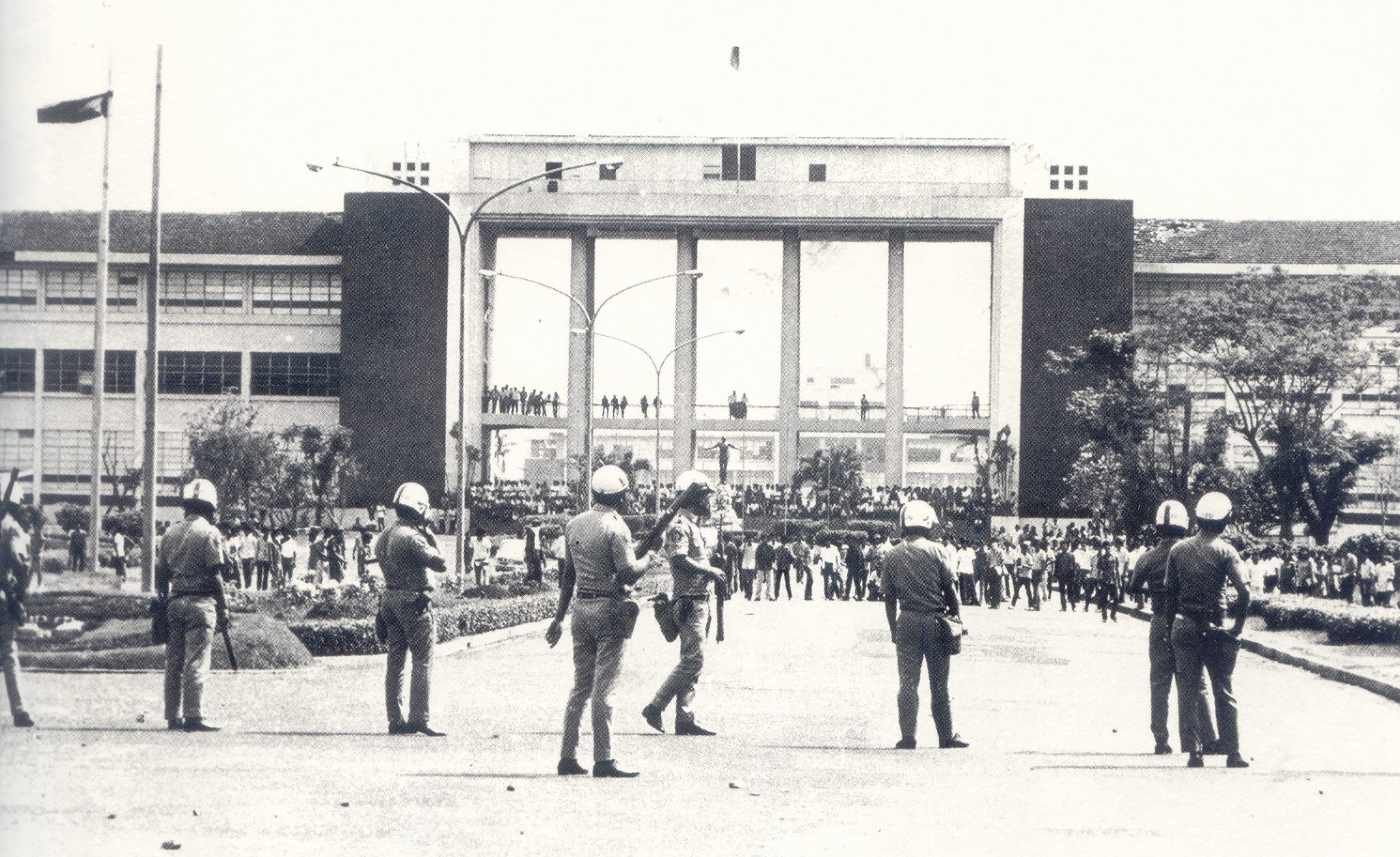
On the first week of February 1971, students of the University of the Philippines (UP) occupied the Diliman campus in solidarity with striking jeepney drivers, who were protesting the increase in gasoline prices.
It was a year after the First Quarter Storm (FQS), another event involving students who took to the streets to protest the regime of dictator Ferdinand Marcos.
In what came to be known as the Diliman Commune, students spent more than a week avoiding fire, broadcasting anti-government propaganda, and building barricades that the military repeatedly tried to tear down.
They staged human barricades, too. At least one student was shot.
There was no martial law yet. There was no accord prohibiting law enforcement officers from entering the campus. The agreement was forged more than 10 years after the uprising.
Fifty years later, the government wants access to UP again, baselessly claiming that the campus was breeding communist rebels. The Department of National Defense (DND) unilaterally terminated its 1989 accord with UP in January 2021, notwithstanding the community’s protests to defend academic freedom.
Some may call the Diliman Commune one of the most noteworthy events in UP’s history as it involved the entire UP community – students, faculty, officials, staff, and residents – in guarding the campus gateways and preventing public vehicles from entering the campus.
Here’s a lookback at what happened 50 years ago:
‘An explosion of unrest’
According to UP researchers Karlo Mongaya, Orly Putong, and Rochel Bernido, the Commune did not happen in a vacuum. “Its explosion was the culmination of a decade of youth unrest in the 1960s in response to the worsening crisis of a neocolonial society, anti-communist witchhunts, and Marcos’ insatiable hunger for power.”
However, the uprising was still spontaneous, the researchers said. Students in various Metro Manila universities gathered after radical groups, like the Kabataang Makabayan (KM) and Samahang Demokratiko ng Kabataan (SDK), called to erect barricades in solidarity with the striking jeepney drivers.
There were simultaneous barricades in UP Los Baños and the University Belt in downtown Manila.
The first day
On February 1, 1971, the UP Student Council instructed students to boycott their classes and man barricades through loudspeakers installed at the Arts and Science (AS) building in UP Diliman, now known as Palma Hall.
While the activity started peacefully, violence ensued when math professor Inocente Campos tried to force the students to disperse. According to UP’s account, Campos had a reputation for ignoring boycotts and continuing his classes despite threats from boycotting groups. Historian Joseph Scalice said Campos even threatened students with failing grades if they participated in demonstrations.
Campos attempted to pass through the barricades on University Avenue. After having his tire damaged by students throwing pillboxes, Campos got out of his car and opened fire, resulting to his shooting of 17-year-old freshman Pastor Mesina.
UP security forces arrested Campos and took him to the Quezon City police. The students who remained at the barricades burned the professor’s car. Mesina, however, died days later.
Mesina is considered UP Diliman’s “first martyr” after giving his life for academic freedom.
Then-UP president Salvador P. Lopez was summoned to a meeting with the government’s Peace and Order Council, which included Justice Secretary Vicente Abad Santos and Defense Secretary Juan Ponce Enrile, among others. They discussed how to “best suppress the students,” wrote Scalice.
The council decided to allow forced entry of police into the campus, but Lopez protested, citing a prior agreement with then-Quezon City Mayor Norberto Amoranto to keep city police out and leave policing to UP security forces.
The council argued that the agreement was not legally binding, and finalized its decision: cops would enter the university and clear it of barricades.
Enrile said, if the mayor refused to allow police deployment into the campus, the Philippine Constabulary (or Metrocom, predecessor of the Philippine National Police) would take over the city hall.
As Metrocom entered the campus, hundreds of students ran to the AS building and barricaded the area around it with chairs, tables, benches, and bulletin boards. Police arrested more than 18 students.
“Mula sa panahong ito ay hindi na pagtaas ng presyo ng langis ang isyu kundi ang panghihimasok ng militar sa loob ng kampus,” wrote former UP Student Council chair Mong Palatino in a 2008 essay. (From this point on, [the protests] were no longer about the oil price hike, but about the military forcing its way into the campus.)
Growing disorder
Then-Manila Mayor Antonio Villegas, citing “suspicion of creating disorder in the city,” ordered on February 2 the warrantless arrest of Lupiño Lazaro, secretary-general of Pasang Masda, the primary jeepney driver union involved in the strike.
Despite Lazaro’s arrest, the students continued the protests.
On February 3, Lopez attempted to pacify the students. UP’s Interactive Learning Center cites documented accounts of Lopez saying: “You better be more resilient! I’m losing my job!”
The students replied: “You’re just thinking about your position…. We’re losing our lives!”
The dean of the College of Arts and Science, Cesar Majul, joined the Commune that day.
Mass communication students took over radio station DZUP and named it the “Malayang Radyo ng Diliman (Free Radio of Diliman).” They broadcast blow-by-blow updates of the Commune and progressive propaganda.
On February 4, the students even broadcast tapes said to be of President Marcos making love to American actress Dovie Beams. ABS-CBN carried the broadcast nationwide “to the immense humiliation of Marcos,” wrote Scalice.
From February 5, the threat of police invasion receded, but the tensions went on for days until students began voluntarily taking down the barricades on February 9. Major fires and explosions broke out, however, during the barricade takedowns – although it is unclear whether they were carried out by provocateurs, students opposing the lifting, or as a final action by the “communards (the occupying students).”
Three days after the barricades were removed, the Malayang Komunidad ng Diliman published its final issue of Bandilang Pula. It claimed students took down the barricades in exchange for the following demands:
- Gasoline price rollback
- Guarantee against any military/police invasion of the campus
- Justice for Pastor Mesina
- Free use of DZUP radio
- Free use of UP Press
- Prosecution and dismissal of Inocente Campos
- Investigation of the UP Security Police, prosecution and dismissal of all officials who collaborated with the military invasion
- All students with connections with military or intelligence must disclose their connections
According to Scalice, none of the demands were granted. In September 1972, Campos was acquitted, with the judge ruling that the professor “acted upon an impulse of an uncontrollable fear of an equal or greater injury,” the Philippine Collegian wrote.
Marcos declared martial law a week later. It took 10 years before student leader Sonia Soto and Enrile signed the 1982 accord that prevented state forces from entering any of the UP campuses. In 1989, the UP-DND accord succeeded the earlier agreement, which was “borne out of the struggle against the Marcos dictatorship.”
Looking back
Despite the Commune taking place half a century ago, it bears similarities with the state university’s relationship with law enforcers today. For one, the demand to defend academic freedom remained unwavering.
“Asserting academic freedom during the Martial Law days under the covert physical presence of the military with imminent threat of arrest [hinged] on the actual risk to the life and liberty of those opposing the Marcos administration,” UP history professor Ma. Luisa de Leon Bolinao told Rappler in a written response to questions.
The Commune became a key event in defining the culture of student activism in UP.
“UP’s motto of honor and excellence has always been to equip every student with the tools to think critically and independently, and to question and challenge all arguments. Every UP student should realize that they are ‘Iskolars ng Bayan,’ and it is their foremost duty as a UP student to serve the people,” said Bolinao.
“The FQS and the Diliman Commune are but a part of the long tradition of student activism of the University, and as long as the government remains unresponsive to the needs and welfare of the people, student activism (and civil unrest) will always be there to demand accountability,” she added.
In its abrogation of the UP-DND accord, the government falsely claimed the university was being used as a recruitment ground for communist rebels. Could the Diliman Commune be a justification for that?
Bolinao doesn’t think so: “UP as breeding ground for communists is as erroneous and fallacious an analogy as branding the PMA (Philippine Military Academy) as a breeding ground for torturers and corrupt generals. It does not hold water.”
In January 2021, the UP community recreated the barricades to commemorate the Commune’s 50th anniversary.
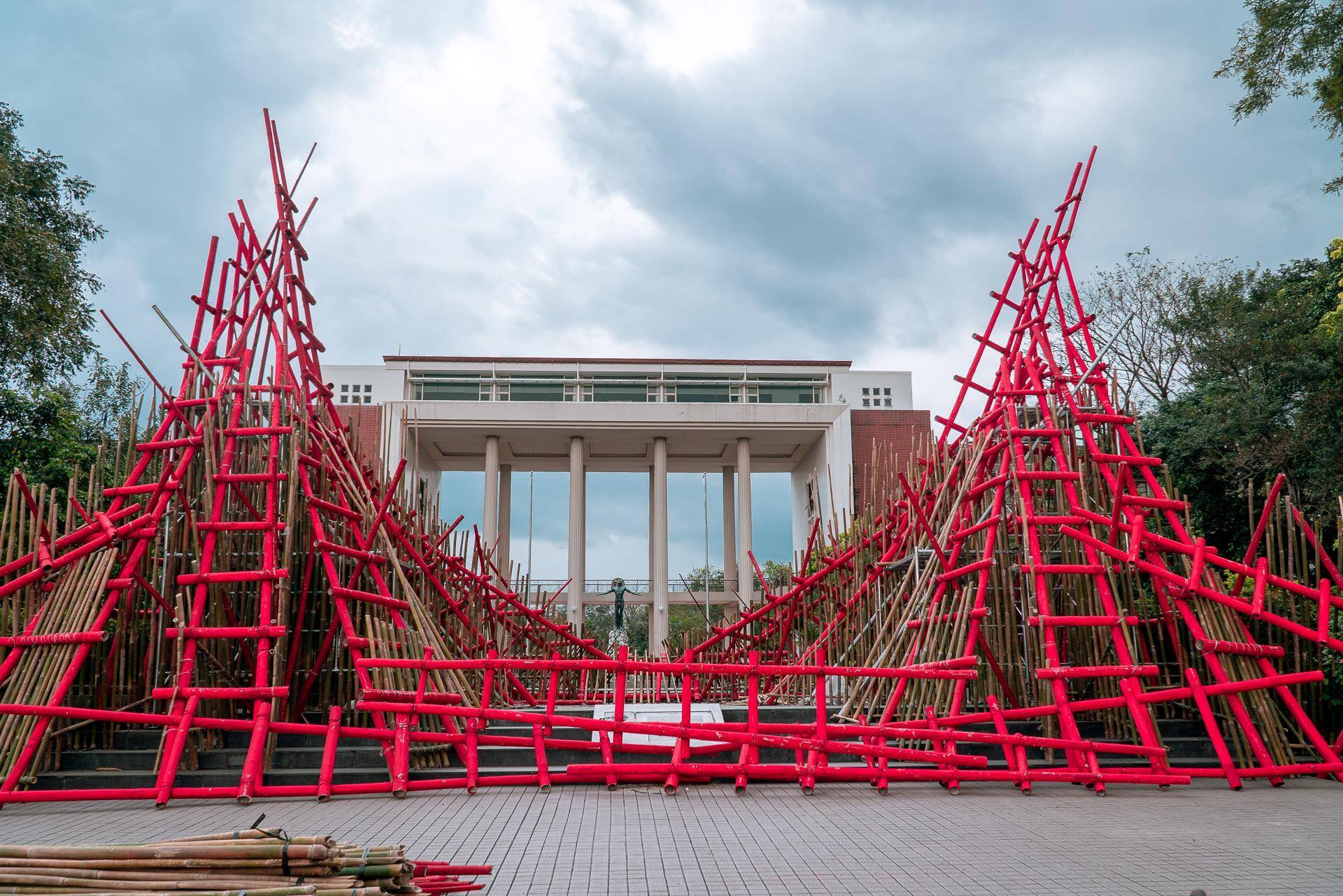
“After 50 years, the lessons of the Diliman Commune still ring true. We ought to commemorate it with revolutionary exuberance, and, more importantly, to uphold its legacy of militantly defending academic freedom and serving the people,” wrote Mongaya, Putong, and Bernido. – Rappler.com
Add a comment
How does this make you feel?
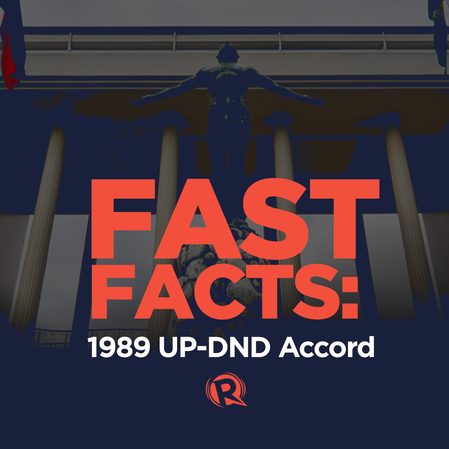
![[OPINION] Lessons from the Diliman Commune: On militancy, academic freedom, and solidarity](https://www.rappler.com/tachyon/2021/01/diliman-commune-ipeak.jpg?fit=449%2C449)

![[OPINYON] Tungkol sa naging viral na social media conjecture](https://www.rappler.com/tachyon/2024/07/thought-leaders-conjecture-07262024.jpg?resize=257%2C257&crop_strategy=attention)

![[EDITORIAL] Apat na taon na lang Ginoong Marcos, ‘di na puwede ang papetiks-petiks](https://www.rappler.com/tachyon/2024/07/animated-bongbong-marcos-2024-sona-day-carousel.jpg?resize=257%2C257&crop=280px%2C0px%2C720px%2C720px)




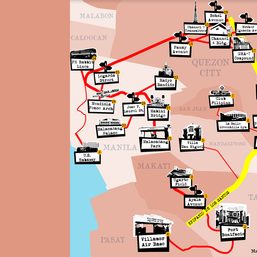
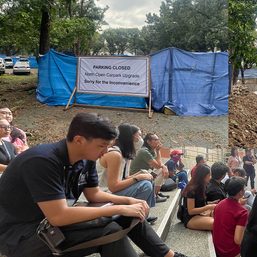



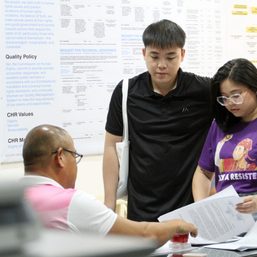
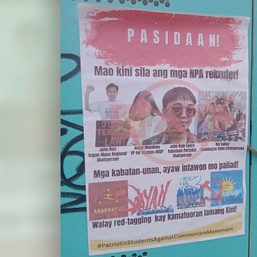
There are no comments yet. Add your comment to start the conversation.